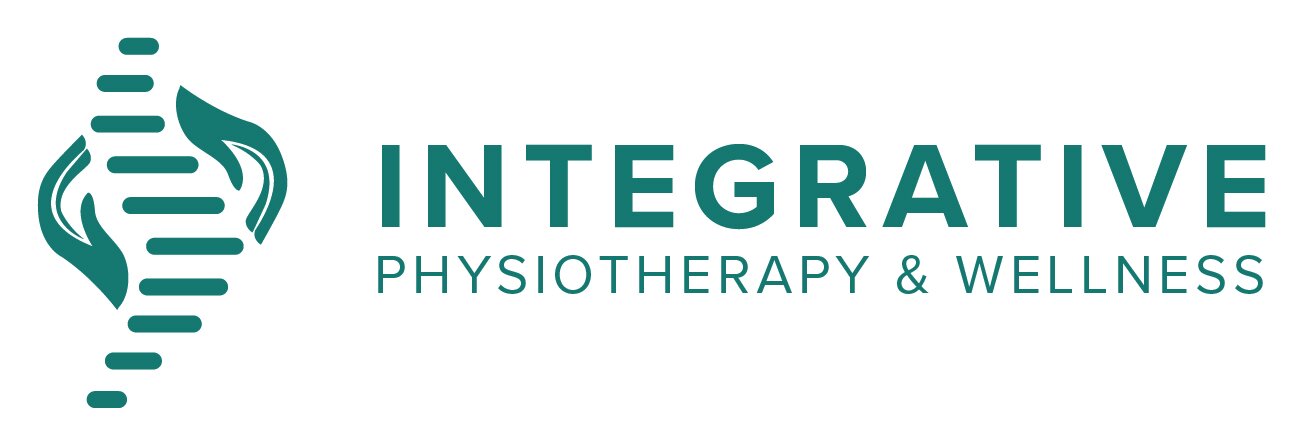Sciatica Overview
Sciatica is a word to describe an irritation, inflammation, pinching, or compression of the Sciatic Nerve (the longest and thickest nerve in the human body). The sciatic nerve is a bundle of 5 nerve roots, from the spine that merges to form the Sciatic Nerve. The Sciatic nerve actually originates in the buttock/gluteal area and combines to form a very thick, rope-like structure that sits deep in your glutes and travels down the back of your leg to your feet.
Also have 2 sciatica nerves: a left one and a right one. The nerve itself works to transmit signals to help us feel things along the back of the thigh/calf and into the foot. It helps us move!
True injury to the sciatic nerve “sciatica” is actually rare, 99.9% of the time, it does its job without anyone even knowing it exists. Sciatica can happen for a variety of reasons when the nerve is affected by either chemical stress (i.e. inflammation) or mechanical stress (i.e. something touching it).
If you have “sciatica," you may experience mild to severe pain anywhere along the path of the sciatic nerve – that is, anywhere from the lower back, through the hips, buttocks, and/or down your legs. It can also cause muscle weakness in your leg and foot, numbness in your leg, and an unpleasant tingling pins-and-needles sensation in your leg, foot, and toes.
How Can Physiotherapists Help with Sciatic Nerve Pain?
As Physiotherapists, we are trained to identify the root cause of your pain and treat that cause. It is important to not only treat the symptoms but the underlying structure causing your sciatica. We use different techniques to help decrease nerve pain such as advanced manual therapy techniques, neural-mobilization techniques to improve the mobility of the nerve, soft tissue releases, acupuncture, and exercise.
Many of these exercises, such as stretches, and nerve flossing can be done at home, but it is important to meet with your physiotherapist to ensure that you are doing the correct exercises and doing them properly. Improper exercising could exacerbate the issue. Your physiotherapist may also suggest certain postures, such as sleeping or sitting postures, or postures for carrying out tasks such as lifting. These can help not only to address the current problem but also to prevent it from recurring in the future.
Every patient is different so treatment may be different too. A Physiotherapist can help you manage your pain.
What You Can Do At Home...
There are a number of things that you can and should do at home to help ease the discomfort of your sciatica.
1. First and foremost is to avoid sitting for extended periods of time. In some cases, the standing may be your aggravating factor, and therefore avoiding it is best, the goal is to avoid any aggravating position for a long period which may be 10 mins or 5 depending on your pain level.
2. Short frequent movement breaks. Everyone's pain and aggravating and easing factors are different.
3. Wallets, phones, or other similar objects should be removed from your back pocket, use a purse or your front pocket. Sitting on those objects directly puts pressure on the sciatic nerve and can possibly make things worse.
4. Taking short walks and gradually increasing your walking distance will also help to relieve pain and restore normal movement.
5. Many people find that using heat or cold packs can help ease the pain significantly. Using either heat packs or cold packs, or a mix of the two, several times a day can help relieve pain and increase movement both immediately and over time.
These are very generalized education tips and it's always in your best interest to speak to a physiotherapist about your exact condition. If you have any specific questions or would like to discuss treatment options for your SCIATIC NERVE PAIN please get in touch with us and one of our physiotherapists.
Please share this with someone who’s been struggling with Sciatica, and encourage them that it can get better with time, PHYSIOTHERAPY, and exercises!
Written By: Preya Ramdass. PT. B.M.R.(PT), DIP. MANIP. (PT), FCAMPT. CIDN
Registered Physiotherapist. Acupuncture & Dry Needling Provider. Clinical Pilates Instructor & Clinic Owner.
https://manippt.org/sciatic-nerve-setting-record-straight/
https://www.thephysiocompany.com/blog/sciatic-nerve-pain
https://www.physio-pedia.com/Sciatic_Nerve
Image: https://en.wikipedia.org/wiki/Sciatic_nerve_block
https://my.clevelandclinic.org/health/diseases/12792-sciatica
Integrative Physiotherapy is a Barrie-based clinic that believes in a one-on-one patient-centered, manual therapy (hands-on) approach to physiotherapy. We aim to empower our patients by providing quality care that is personalized to each patient in an interactive and friendly manner. Through the use of the best available treatment techniques, we aim to provide exceptional care so that each patient feels engaged and motivated.
Our therapists are continually upgrading their skills and taking time to provide comprehensive assessment and treatment techniques that are always one on one without the use of assistants or double booking patients to make sure that you achieve your functional and sports goals as soon as possible.
Our therapists would be happy to help you to achieve your goals, get in touch to schedule your appointment. Don’t let pain ruin your day!
Integrative Physiotherapy, Empowering Patients with Personalized Care.

